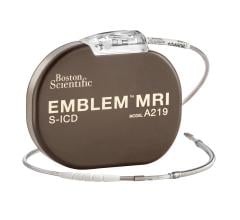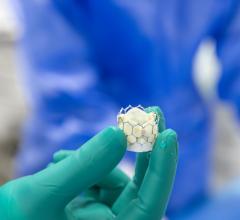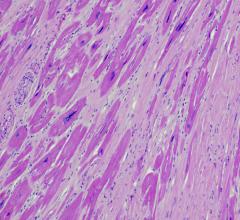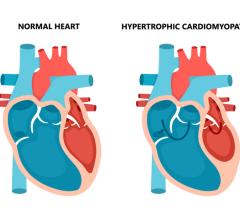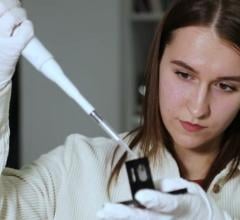
February 3, 2010 – Results of a four-year study evaluating the safety and efficacy of laser assisted lead removal using the Spectranetics laser sheath (SLS II), found a 97.7 percent clinical success rate.
Data from the LExICon (Lead Extraction in Contemporary Settings) study, is published in the Feb. 9 issue of the Journal of American College of Cardiology. In addition to the high rate of success, the observational, multicenter, retrospective study, found a low 1.4 percent major adverse event rate, 0.28 percent procedural mortality rate, and that procedural failure is highly associated with lead implant duration greater-than or equal to 10 years.
The study sought to determine clinical and procedural success and complication types, and identify relationships between complication factors including duration of implant, lead type, lead position, center experience, age and gender. LExICon evaluated the removal of 2,405 leads in 1,449 patients at 13 centers experienced in lead extraction from the United States and Canada between January 2004 and December 2007.
"Indications for lead removal fall into three basic categories, infection, lead malfunction and access for new leads," said Bruce Wilkoff, M.D., principle investigator of the study, and director of cardiac pacing and tachyarrhythmia devices at Cleveland Clinic. "Lead abandonment is still reasonable under some circumstances, but it is no longer the clear standard of care. The LExICon study quantifies the risks of laser assisted lead removal and illustrates the clear benefits for many patients. It is the responsibility of physicians to be trained on all safe and effective lead management techniques to ensure patients receive the highest possible quality of care."
Infection is a common reason for considering lead removal. In the LExICon study, infection was the most frequent indication for removal, accounting for 57 percent of the removal procedures. Even though patients with either a pocket infection or device-related endocarditis (DRE) including sepsis and bacteremia had a higher overall mortality than patients without infections, there was no statistical difference in extraction success or extraction procedure mortality for patients without infection, pocket infections or patients with DRE. Consequently, the data supported that there is often more risk from the infection, particularly in the setting of renal insufficiency or diabetes than there is from the lead removal in experienced extraction centers.
The study also examined the challenges of removing leads after increased time and found greater procedural failure when leads have been implanted for greater than or equal to 10 years. This illustrates the importance of a proactive lead management strategy that aligns with the 2009 Heart Rhythm Society Expert Consensus statement about lead removal.
The Spectranetics laser sheath uses low temperature ultraviolet light to safely, effectively and efficiently ablate scar tissue holding problematic leads in place. A circle of fibers emit pulses of laser energy traveling over the cardiac lead towards the tip to break down scar tissue binding the lead to the vein or heart, permitting the lead to be safely removed. Spectranetics' LLD EZ Lead Locking Device technology can also be used to assist removal by creating traction on the lead while the laser sheath is advanced over it.
For more information: spectranetics.com

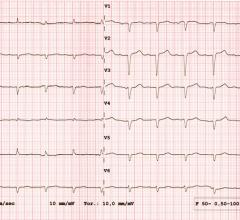
 May 20, 2024
May 20, 2024 
